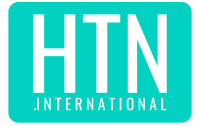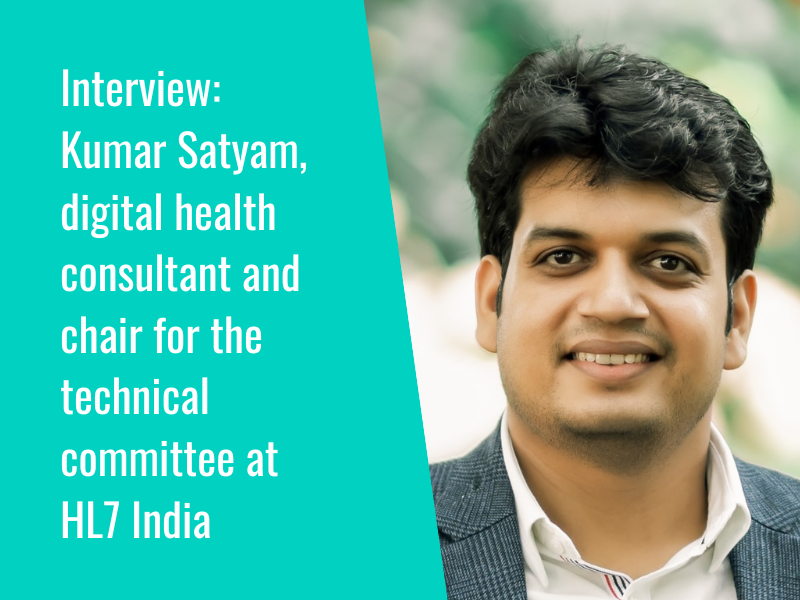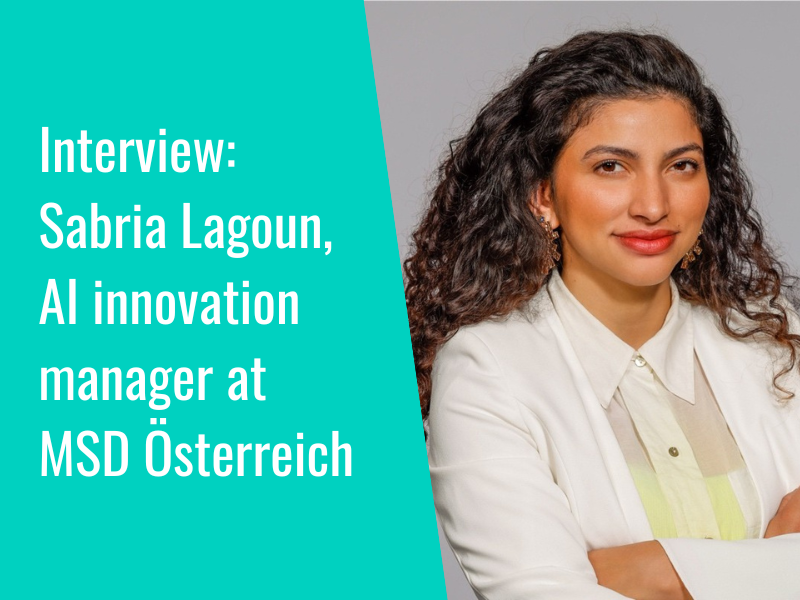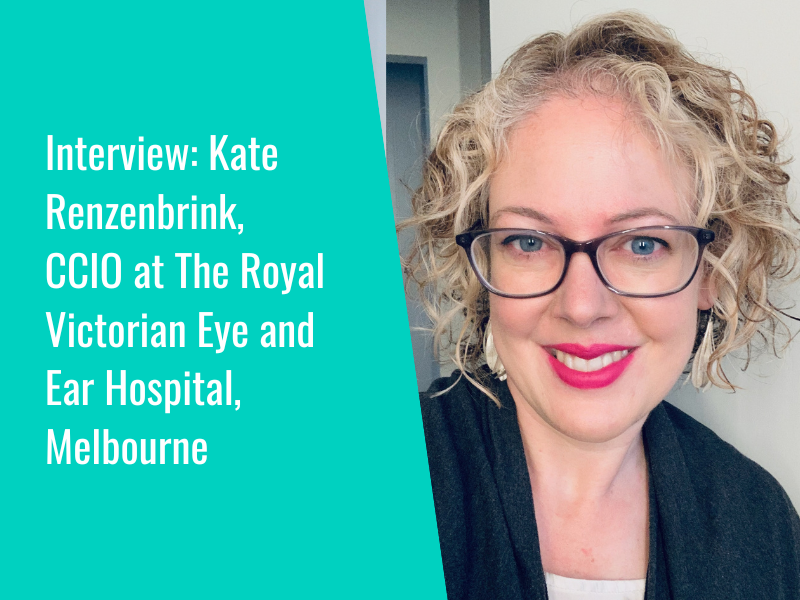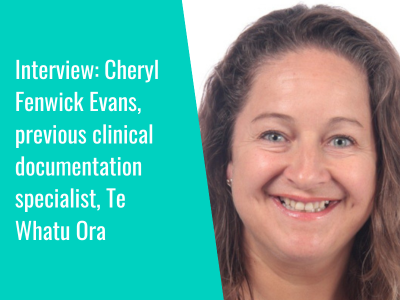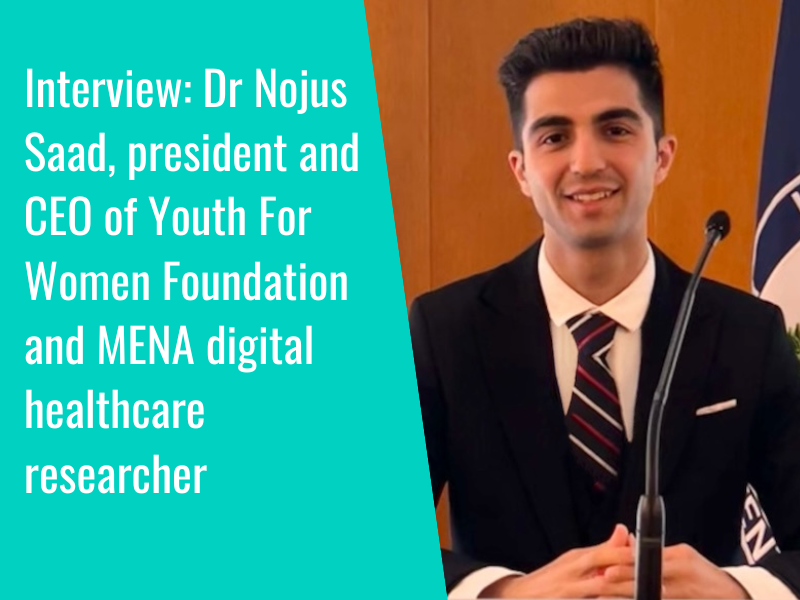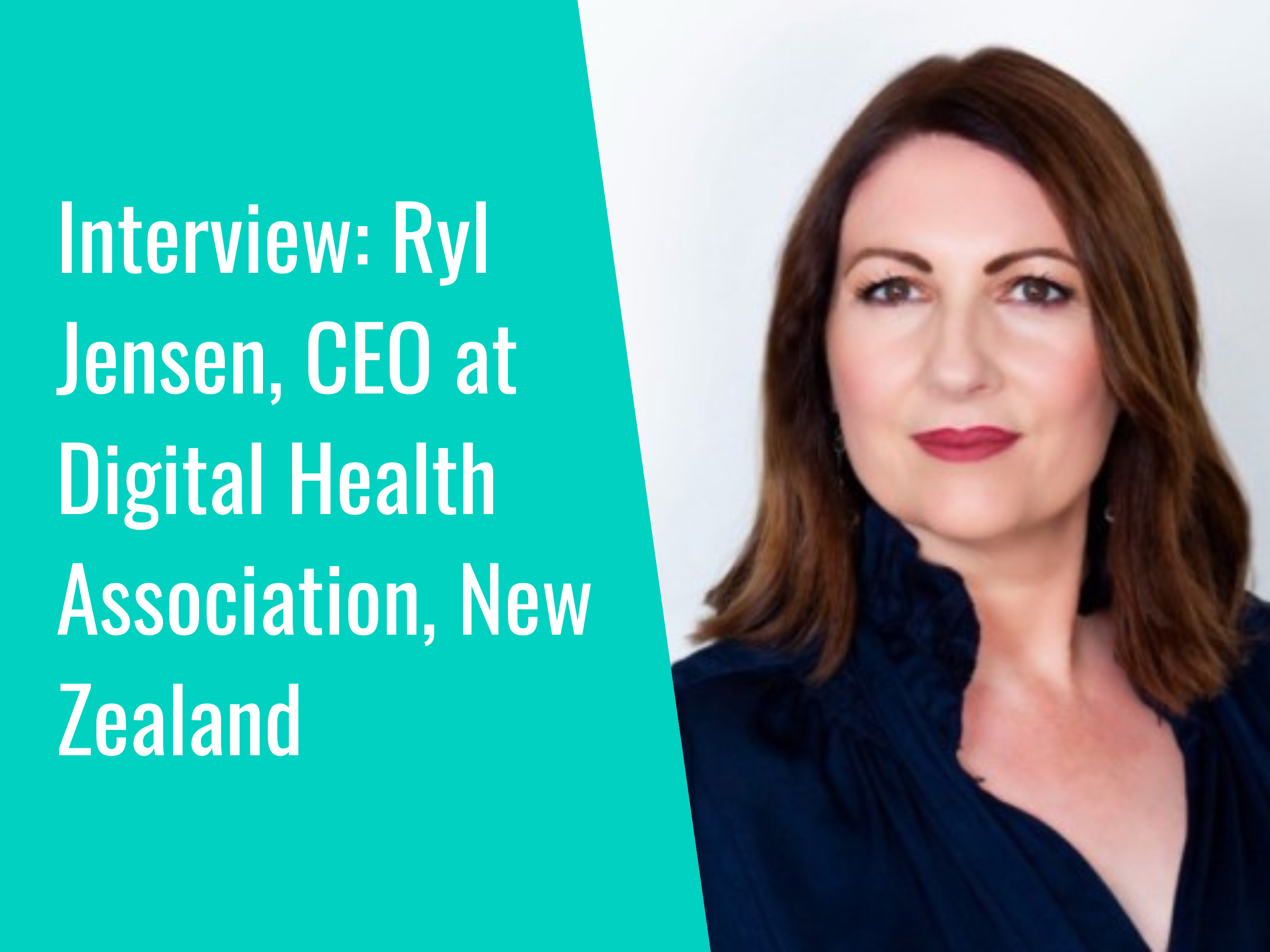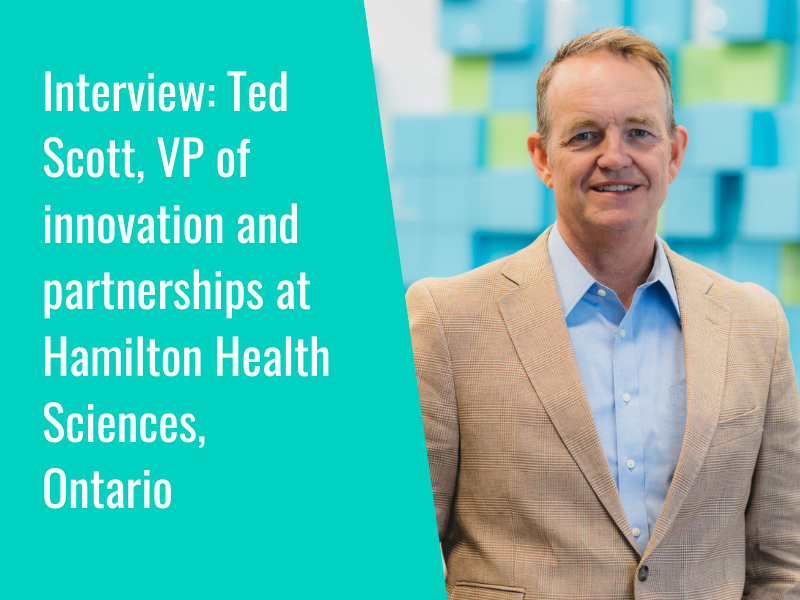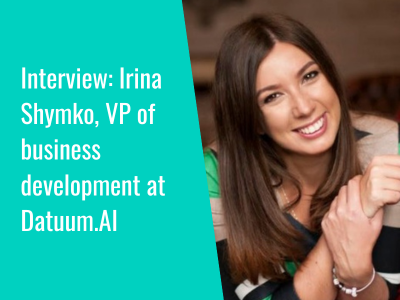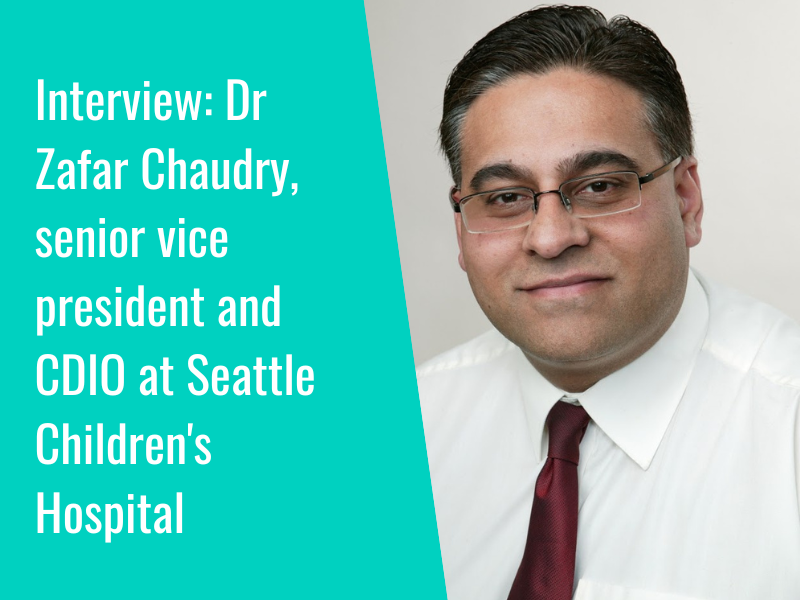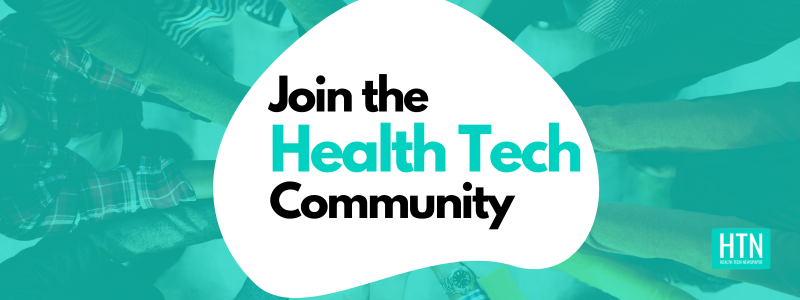For a recent interview we sat down for a chat with Cheryl Fenwick Evans, previous clinical documentation specialist with Te Whatu Ora – Health New Zealand. In this role, Cheryl was responsible for helping to launch the Clinical Documentation Programme, which aims to enhance the quality of health information produced by clinical staff.
Cheryl explained that she has always been interested in IT and originally worked in an IT department before she moved into nursing. Around six years ago, Cheryl made a conscious decision to move into the health informatics field.
“I’ve always gravitated towards problem solving and innovation,” she reflected. “I’ve always held an interest in systems, too – the organisation of information and bringing it together so that you can do something with it.”
Digital and data experiences
Until recently Cheryl worked at New Zealand’s largest teaching hospital, Te Toka Tumai – Auckland, as a clinical documentation specialist on the Clinical Documentation Improvement (CDI) programme. A programme like this had “never been done before in Aotearoa,” Cheryl explained. “Like with any new project, being pioneers brings its challenges. There was no roadmap, we had to learn our way through it.”
The focus laid specifically in the health information captured by clinical coders extracted from inpatient records, which accounts for around 30 percent of New Zealand’s population health data.
“There are many programmes that exist worldwide in this space, trying to improve clinical documentation – I think countries have all approached it in slightly different ways,” she said.
Cheryl enjoyed the CDI programme because “it wasn’t long before you could see the impact and the bigger picture – I could see the data integrity and the knock-on effect of our influence, from data quality to patient safety.”
The relationship between data and patient safety is “probably the least understood part of the system, I think,” noted Cheryl. “I don’t think that we, as healthcare professionals or as the wider system, always appreciate the nuance between the two. I don’t think there’s a solid understanding of the impact that we have, with our choices; what clinical staff do and do not record, for example, and the effect that can have on individual patient safety and wider risk management.”
In the years that Cheryl has worked in this space, she came to view this as an “untapped resource”; she could see the value of clinical coded data and how it could be used in care capacity demand management. To expand her own knowledge and understanding, Cheryl spoke with the founder of Trendcare, a workforce planning and workload management system used widely across New Zealand. “A nurse herself, she had also had the same realisation. In fact, they had already trialled the use combined coded data with Trendcare in order to better predict ward capacity and match nursing resource to patient needs.”
As an example of this in practice, Cheryl pointed to urology, where a proportion of inpatients present on multiple occasions. “We should be using this coded health data to predict healthcare need and balance the demands on the nursing team accordingly. For example, predicting patients with higher or complex health needs prior to ward arrival means co-ordinators make decisions earlier to balance capacity, skill-mix and overall improve efficiency.”
Improving the post-operative experience using data
Cheryl moved on to discuss a sideline project revolving around how data can be used to improve patient experience following surgery.
On how her team operated, Cheryl said: “We worked concurrently on wards alongside medical staff to improve the quality of the record there and then. It’s all about improving in that moment, whilst staff are entering information into the clinical record. I noticed that in the post-operative period, staff were seeking the on-call pain team because their patient’s pain was not well controlled.”
She explained that if a patient received care related to uncontrolled pain in the post-op period, a coder would capture that information and assign it a specific code. Using that code, Cheryl’s team could then identify where uncontrolled pain cases were arising. There might be five cases in one area, she continued, but 50 in another, which would then lead her team to explore the situation further and ask relevant questions. “Is that accurate? If not, why not? Are we capturing the clinical truth?”
The CDI team spent time with the pain team to explore the situation and realised that whilst staff were documenting the care they were giving, they were not always recording the reason why they were providing that care. “We are documenting, for example, that we have switched this patient to a different type of analgesia that is more likely to be effective. But we are not saying why. It comes back to linking data to a practical outcome and tying the two together, which I think is often lacking in the medical world. We aren’t always very specific, but specifics are key to obtaining quality health data.”
Cheryl and her team then worked alongside the pain team to work out a way to capture this information in a more useful manner. “After about six months of working to improve data capture in an area, you can view that data is reliable. Then you can start to look at patient experience, care provision and allocation of resource. Let’s use a maternity unit as an example – you could have a situation where a higher number of women, having underdone c-section, might be experiencing poorly controlled pain in the post-op period on certain days of the week. Using coded data, we can identify exactly when and where this is occurring. Identifying this unmet need could potentially be resolved by increasing staff on call during the weekend.”
Cheryl reflected that whilst the programme supported resource analysis, “more importantly it’s about the patient. I would hope that by working with the CDI programme, clinicians could reflect on these scenarios and start to think about the ‘why’. It all comes back to the patient in the end, we should all be trying to ensure that patients receive the best care possible.”
She added that exploring the relationship between clinical coded data and something like post-operative pain provides a measurable example of data impacting care. “I see the next step as exploring the patient experience for this particular group – has this actually improved the overall experience of undergoing surgery, and other health outcomes?”
Championing equitable outcomes
Cheryl highlighted that one particular area explored through the CDI programme was how better outcomes could be achieved for Māori and Pasifika peoples. “We need equitable outcomes,” she said, “because the disparities are quite shameful.”
Through the programme, Cheryl and her team looked into how they could support in this area. “We looked at the data and we could see that two areas standing out were diabetes and kidney disease. Where diabetes was poorly controlled, it wasn’t often recognised or well documented, and nor was their stage of kidney disease.”
As Māori and Pasifika peoples are over represented in this area, “they are more likely to be adversely affected by this oversight,” Cheryl continued. “So we focused on prioritising these patient groups in our reviews. I championed that within the team as I felt strongly that we had a role to play.”
Data sovereignty for Māori
Cheryl went on to share insights into the data landscape in New Zealand, particularly with regards to data sovereignty for Māori: the concept that Māori data should be subject to Māori governance.
“It’s important to acknowledge that Māori are tangata whenua – ‘people of the land’. Te Mana Raraunga, or the Māori Data Sovereignty Network, puts it like this: ‘Our data, our sovereignty, our future… Māori data should be subject to Māori governance, and Māori data sovereignty supports tribal sovereignty and the realisation of Maori and Iwi aspirations.'”
Māori data is also considered tāonga, which Cheryl translated as ‘sacred’. “It’s not just information. It’s personal. I can’t help but think that in healthcare we lose that sometimes – people forget that the piece of paper in their hand or the document on their screen is someone’s story. It’s about respect. That information is you, it is your life and information, and I think that the Māori view of data could help healthcare professionals better their understanding in that sense. A Māori view of data returns the person to the centre.
“I also think it’s powerful to hear: ‘Hang on, if this data is about us, then we want to know what it is and what you are doing with it.’ Māori are rightly saying that their data needs to be used for the better of Māori peoples across the land.”
The COVID pandemic brought more attention to Māori data sovereignty, Cheryl explained, as healthcare organisations led by Māori were struggling to access data from the rest of the system about their own people. “They wanted to help, and they were the best people to help, but they kept facing barriers into accessing in their own data. It was an interesting situation, and I hope Aotearoa will be able to evolve in this space as a result.”
Looking to the future
What is Cheryl looking forward with regards to data over the next few years?
“New Zealand is going through a lot, like many places right now,” Cheryl considered. “We have come through a lot of change. We’ve had COVID, and we’ve moved from a model of district health boards to a single national unit. That obviously comes with major change, but hopefully a better technology and data platform can arise from that. I like the opportunities that a single system affords us, like a national immunisations register – that’s one of the plans in the pipeline.
“There’s also going to be a child health platform which will map our children’s milestones. I think that will be really useful – we know that current systems are not working for our whānau (families) who need to re-locate. Our most vulnerable transient population is already more likely to experience deprivation and barriers to accessing healthcare, and too often our tamariki (children) are lost in our complex and disconnected health system. So a national platform focusing on children’s health will really help in that area.”
Cheryl also commented on the improvements around data sharing in general that she expects to see as a result of the national platform. “We have been so separate, working very much in silos; but we are working to make sure that all healthcare providers, especially in communities and rural areas have timely access to health’s records. “
Many thanks to Cheryl for taking the time to chat.
- 1
- 2
